Imagine standing in a vast pine forest, the air fresh and cool, sunlight streaming through towering green canopies. Now picture that same forest, but with mile after mile of trees tinged in rust-red, their needles dying, their trunks riddled with tiny holes. This isn’t the aftermath of a wildfire or a logging operation—it’s the signature of the mountain pine beetle, an insect no bigger than a grain of rice, yet powerful enough to rewrite the fate of entire landscapes. In the heart of the Rocky Mountains, this tiny beetle has unleashed a transformation so dramatic, it’s become one of nature’s most stunning—and troubling—stories. Let’s peel back the bark and see how one minuscule creature is orchestrating a colossal change.
The Tiny Menace: Meet the Mountain Pine Beetle

The mountain pine beetle, Dendroctonus ponderosae, is a beetle so small you could fit several on your thumbnail. At first glance, it might seem harmless, but these insects possess a destructive power that belies their size. Adults are dark brown or black, and their larvae resemble tiny white grubs. Their life purpose is simple: reproduce inside pine trees. What makes them so alarming is their ability to kill even the healthiest of trees by boring beneath the bark and disrupting the tree’s lifelines. When their populations boom, they become an unstoppable force, transforming forests in ways few people could have imagined. It’s almost unbelievable that such a tiny creature could have such a massive impact.
The Perfect Storm: Why the Rockies Became Ground Zero
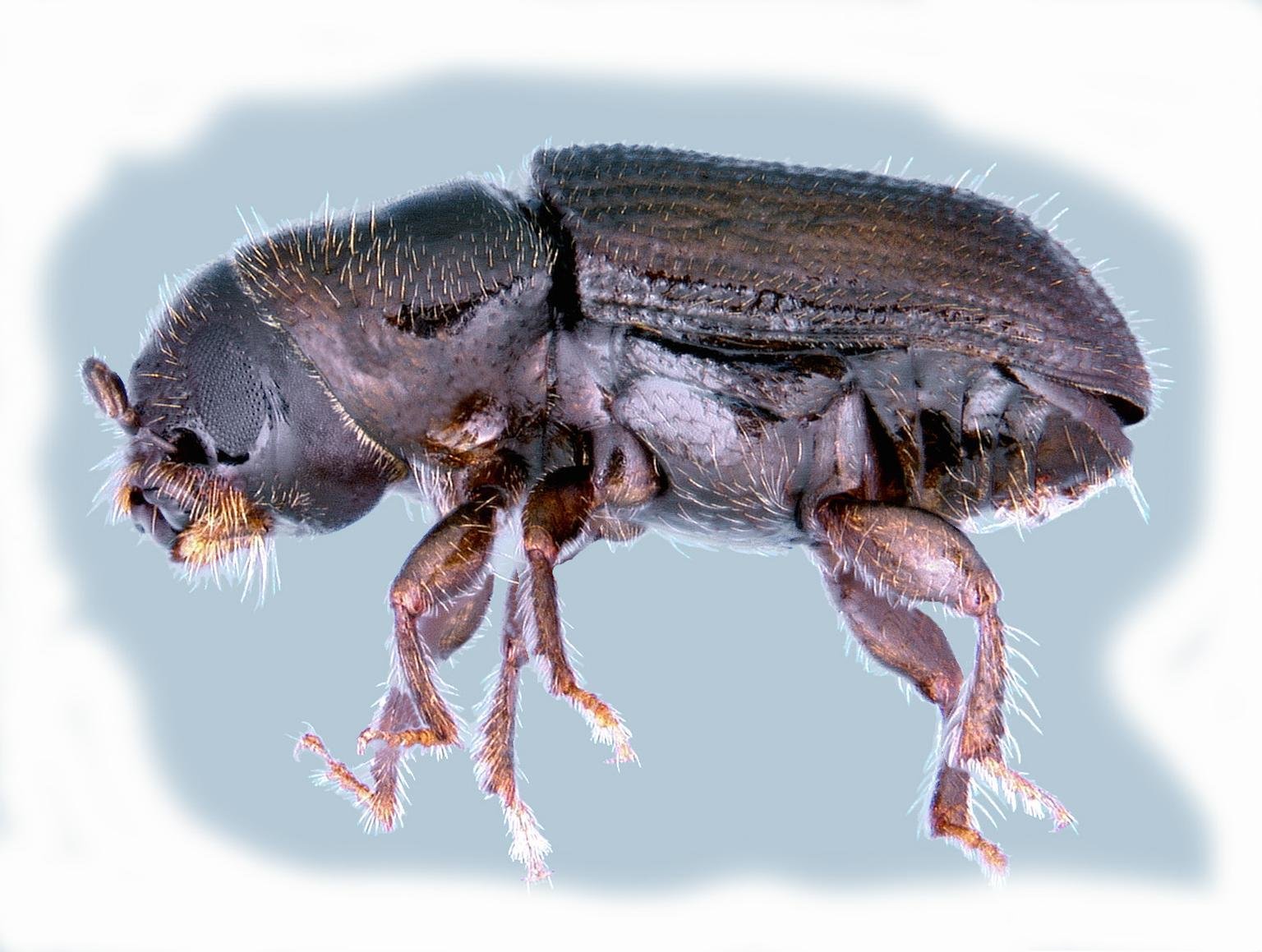
The Rocky Mountains have unwittingly become the epicenter of the pine beetle epidemic. Several factors converged to create ripe conditions for beetle outbreaks: warmer winters, drought-stressed trees, and dense forests. Normally, cold snaps would kill off beetle larvae, but climate change has softened winter’s bite, allowing more beetles to survive and reproduce. Combined with forests packed with mature, susceptible pine trees, this set the stage for an explosion in beetle numbers. The Rockies’ once-resilient forests suddenly became vulnerable, turning a natural insect into a landscape-level threat.
The Beetle’s Life Cycle: A Deadly Dance with Pine Trees

The life of a pine beetle is a fascinating, if grim, tale. Adult beetles seek out suitable pine trees, burrowing through bark to lay their eggs. Their tunneling introduces a blue-stain fungus, which helps kill the tree by blocking water transport. Larvae hatch, feed, and overwinter beneath the bark, safe from predators and most weather. In summer, new adults emerge and take flight in search of fresh trees. This cycle can repeat rapidly, especially in warm years, with each generation compounding the devastation. The interplay between beetle, fungus, and tree is a complex dance, but the outcome is almost always fatal for the tree.
Blue-Stain Fungus: The Beetle’s Silent Partner

The blue-stain fungus, carried by the beetles, is a key player in the epidemic. Introduced as beetles bore into trees, this fungus spreads through the sapwood, clogging vessels that transport water and nutrients. The combination of mechanical damage from beetle tunneling and the physiological assault from the fungus quickly overwhelms the tree’s defenses. Needles turn red, then brown, and the tree dies within months. The blue-stain fungus is so effective that even healthy trees can be killed if attacked in large numbers. Its presence also leaves a distinct blue tint in the wood—a haunting signature of the beetle’s passage.
From Green to Red: The Visual Impact on Rocky Mountain Forests
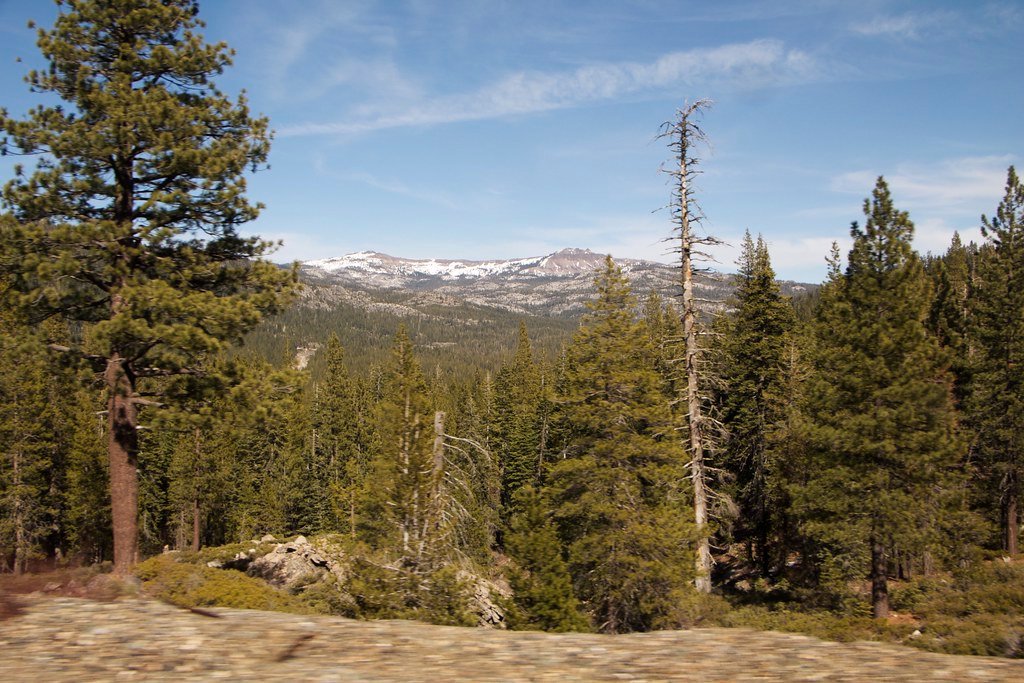
Perhaps the most shocking evidence of the beetle’s work is the transformation of the landscape itself. Once-verdant slopes are now streaked with swathes of red and gray, the colors of dead and dying trees. In some areas, over 80% of mature pines have been killed, leaving “ghost forests” behind. This dramatic shift is visible from highways, hiking trails, and even from space. For residents and visitors alike, the change is both mesmerizing and unsettling—a constant, visual reminder of nature’s fragility and power.
The Ecological Fallout: Cascading Effects on Forest Life
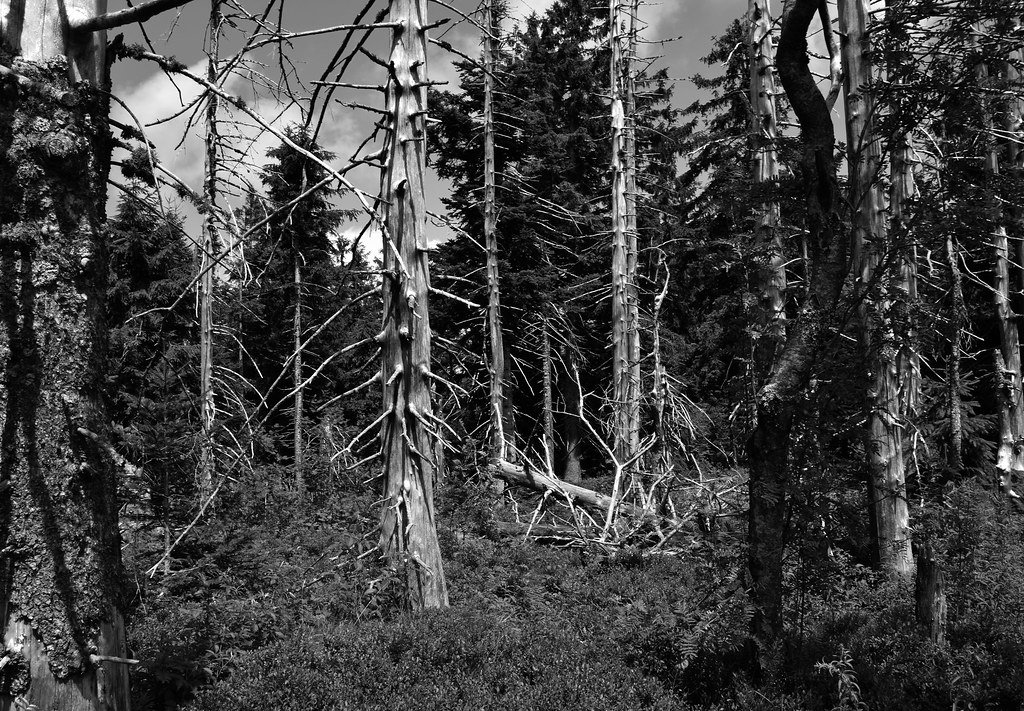
The death of millions of pines doesn’t just alter the scenery; it ripples through entire ecosystems. Birds that nest in live pines, like the Clark’s nutcracker, may lose crucial habitat. Animals that feed on pine seeds or bark, from squirrels to bears, find their food scarce. Even the soil is affected, as dead trees decompose and change nutrient cycles. In the long run, new plant and animal communities may take root, but the transition is full of uncertainty. Every beetle-killed tree tells a story not just of loss, but of the intricate web of life being rewoven in the Rockies.
Fire and Beetles: A Dangerous Combination

Dead trees are more than just an eyesore—they’re fuel waiting for a spark. Beetle-killed forests can increase wildfire risk, especially in the years right after trees die and their needles dry out. Firefighters face new challenges navigating these dangerous, unstable stands, where dead trees can topple at any moment. Some scientists argue that beetle outbreaks and fires are part of a natural cycle, but the scale and frequency of recent events are unprecedented. The combination of beetles and fire is reshaping how we think about—and manage—forest health in the Rockies.
Economic Toll: Hard Choices for Communities

The beetle epidemic has delivered a painful economic blow to mountain communities. Logging operations lose valuable timber as beetle-killed wood quickly rots, reducing its market value. Tourism, a lifeblood for many towns, suffers when forests are no longer green and inviting. Costs for fire prevention, tree removal, and property protection have soared. Some communities have tried to turn disaster into opportunity, harvesting dead wood for bioenergy or art, but the losses are hard to fully recoup. It’s a stark reminder that the fate of forests is deeply intertwined with human livelihoods.
Climate Change: The Catalyst Behind the Outbreak

Climate change is often called the “multiplier” of the beetle crisis. Warmer temperatures allow beetles to survive winters that once kept their numbers in check. Drought weakens trees, making them more susceptible to attack. The Rockies have experienced both in recent decades, creating a perfect laboratory for beetle success. Scientists warn that as the climate continues to warm, beetle outbreaks may become even more common—and more severe. This epidemic is a living example of how small shifts in temperature can lead to massive, cascading changes in the natural world.
Innovative Solutions: Nature and Technology Join Forces

In the face of such destruction, scientists and foresters haven’t stood still. Innovative solutions are being tested, from pheromone traps that lure beetles away from healthy trees, to controlled burns that reduce forest density. Some researchers are exploring biological controls—natural predators or diseases that might keep beetle populations in check. Technology is playing a role too, with drones and satellite imagery helping track outbreaks in real time. While no single solution is a silver bullet, these efforts offer hope that with creativity and determination, we can help forests adapt and recover.
Forest Regeneration: Nature’s Resilience on Display
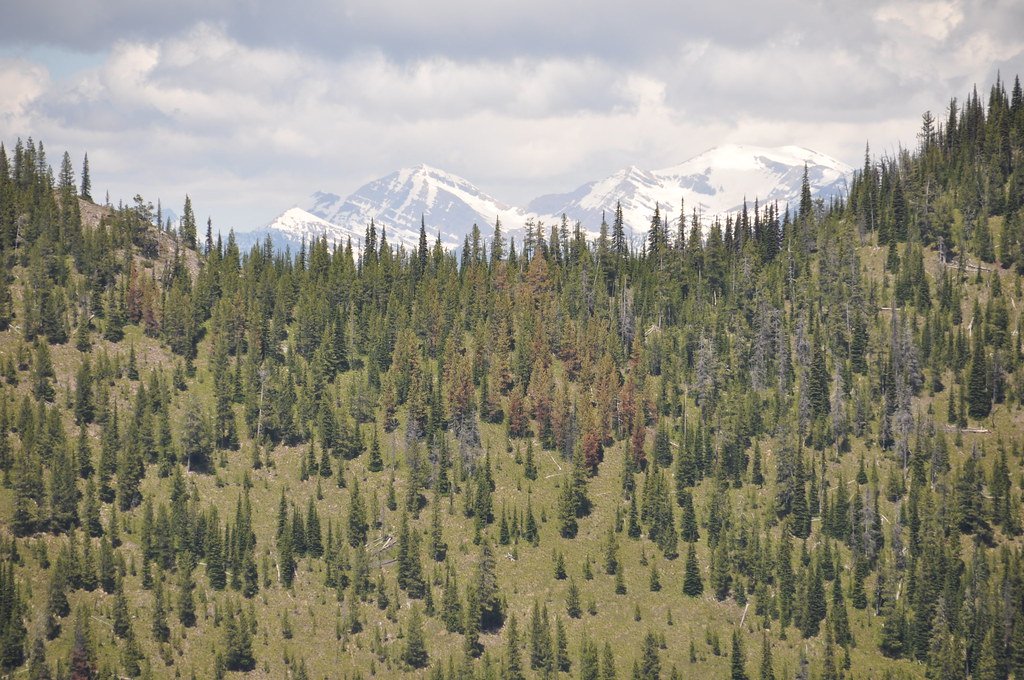
Even after widespread devastation, forests possess a remarkable ability to heal. Seedlings push up through the fallen needles, and species like aspen and fir begin to fill the gaps left by dead pines. Birds and insects return, finding new niches in the changing landscape. While recovery can take decades, especially at high elevations, nature’s resilience is astonishing. The new forests may look different, but they’re a testament to life’s capacity for renewal—even after the most dramatic upheavals.
Citizen Science: Harnessing the Power of Community

Ordinary people are joining the fight against the beetle epidemic in creative ways. Volunteers help monitor beetle populations, collect data on forest health, and plant new trees. Educational programs teach kids and adults alike about the importance of forest stewardship. Some communities have even organized “beetle festivals,” turning awareness into action and hope. By involving citizens directly, the battle against the beetle becomes not just a scientific endeavor, but a shared community mission.
Lessons from the Past: Historical Beetle Outbreaks

This isn’t the first time mountain pine beetles have surged in the Rockies. Historical records show outbreaks stretching back centuries, though none have matched the scale of today’s epidemic. Past incidents have shaped indigenous practices, forestry management, and even regional folklore. By studying these earlier waves, scientists gain valuable insights into what drives beetle populations, and how forests eventually bounce back. History reminds us that while the current crisis is severe, it’s part of a longer story of adaptation and change.
Surprising Beneficiaries: Winners in a Changed Forest
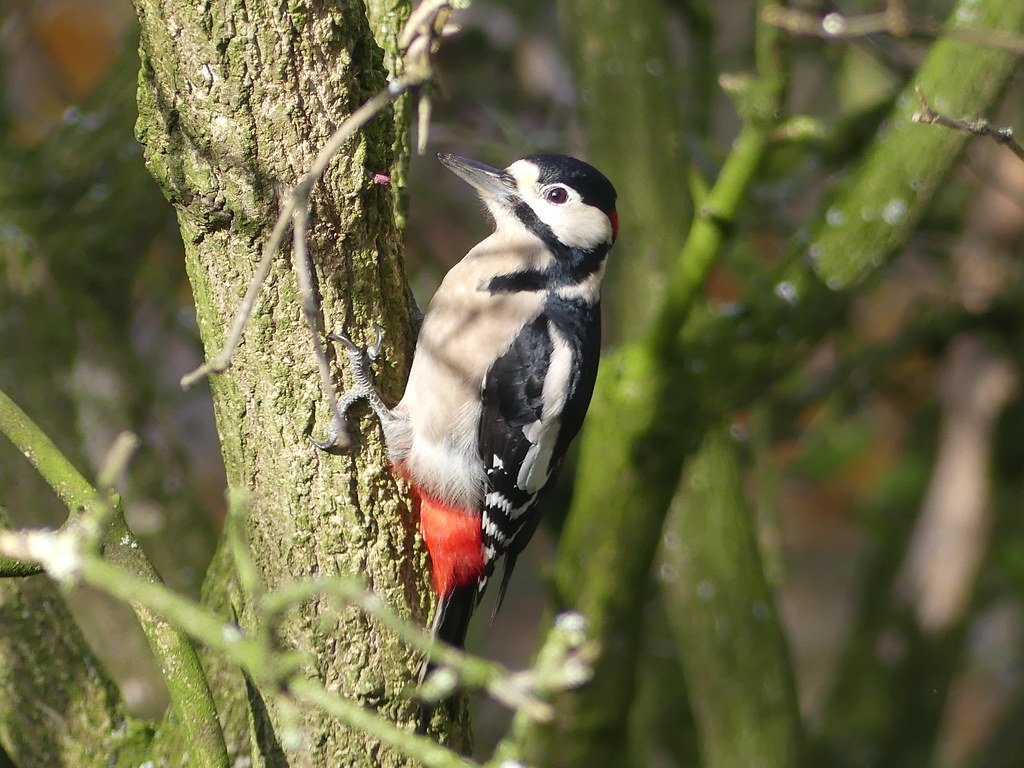
Not all species lose out when beetles sweep through a forest. Woodpeckers, for instance, thrive on the sudden abundance of beetle larvae beneath the bark. Certain fungi and bacteria colonize dead wood, enriching the soil for future plant growth. Even some rare wildflowers may find new sunlight as the canopy opens up. Nature abhors a vacuum, and the beetle’s destruction creates opportunities as well as challenges. The emergence of new winners is a powerful example of nature’s ability to adapt to even the harshest changes.
Human Emotions: Grief, Awe, and Hope in the Face of Loss

For many people, watching familiar forests die is an emotional experience. There’s grief for the loss of beloved landscapes, frustration at the seeming helplessness of the situation, and sometimes awe at the sheer power of nature. But there’s also hope, sparked by stories of regeneration and community action. The beetle epidemic forces us to confront the limits of our control—and the possibilities that come when we embrace change with open eyes and open hearts.
What Can You Do? Simple Steps for Forest Stewardship
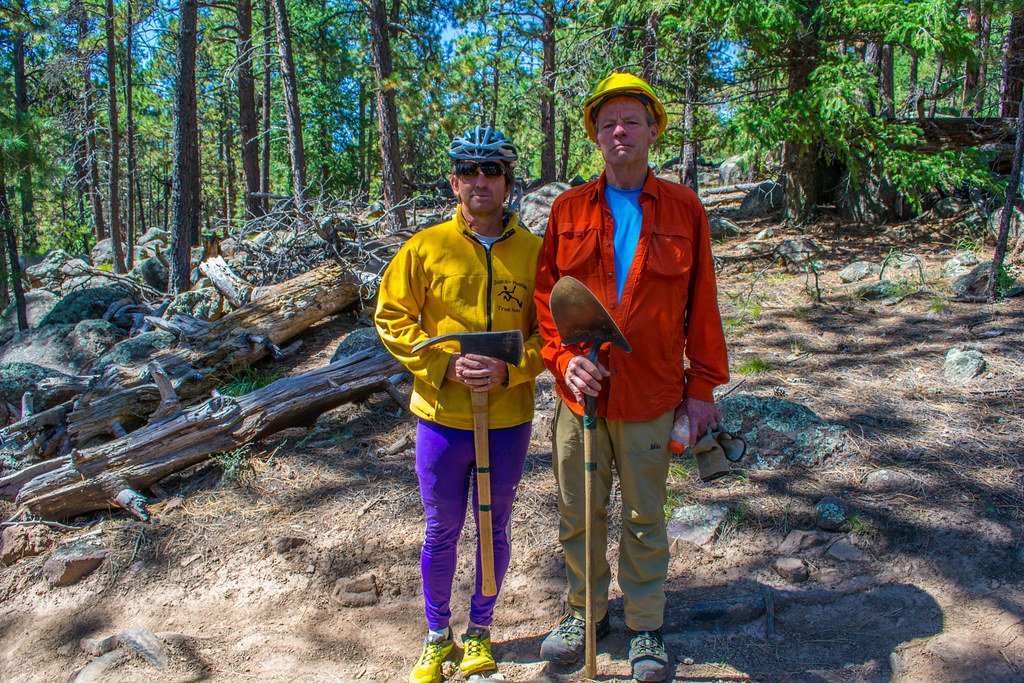
Everyone has a role to play in supporting forest health. Learning about beetles and their impact is the first step. Homeowners can help by removing infested trees, planting diverse species, and following fire-safe practices. Visitors to the Rockies can stay on trails, respect restoration areas, and spread awareness. Supporting organizations that protect forests, whether through volunteering or donations, magnifies your impact. Small actions, multiplied across communities, can help tip the balance toward recovery and resilience.
The Future of the Rockies: A Landscape in Transition

As the pine beetle continues its march, the Rockies are becoming a living laboratory—one where change is the only constant. The forests of tomorrow will not look like those of the past, but they will be shaped by the choices we make today. Will we rise to the challenge, learning from science and from each other? The answer will determine not just the fate of the trees, but the spirit of the Rocky Mountains themselves.



